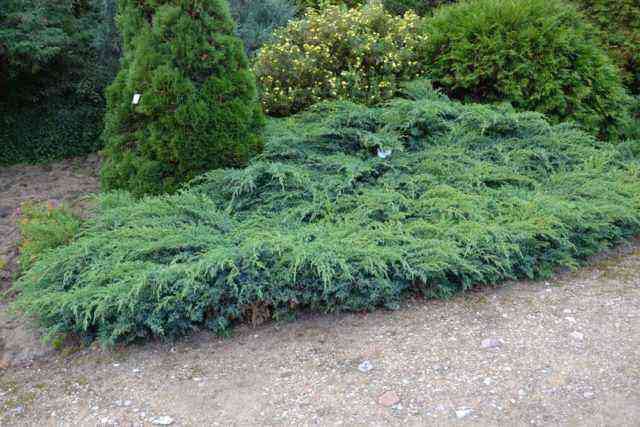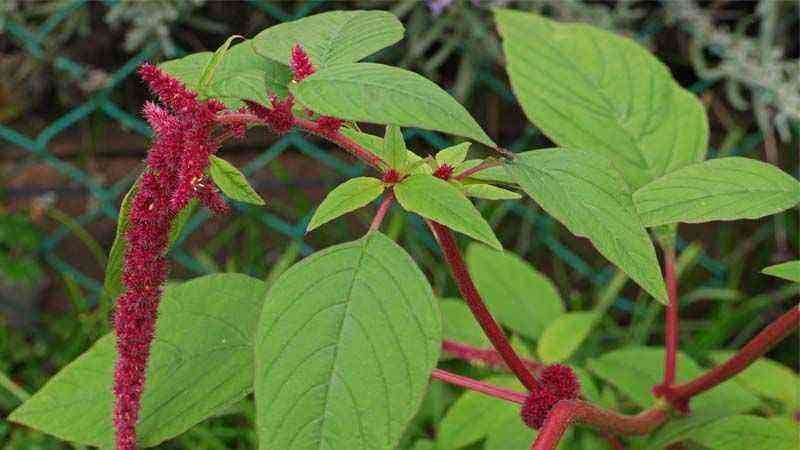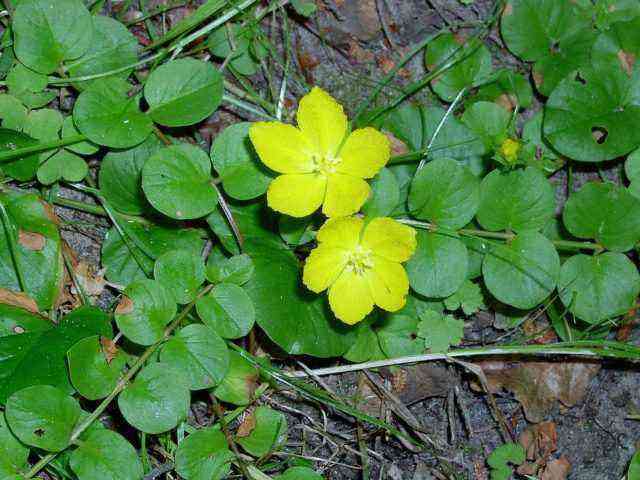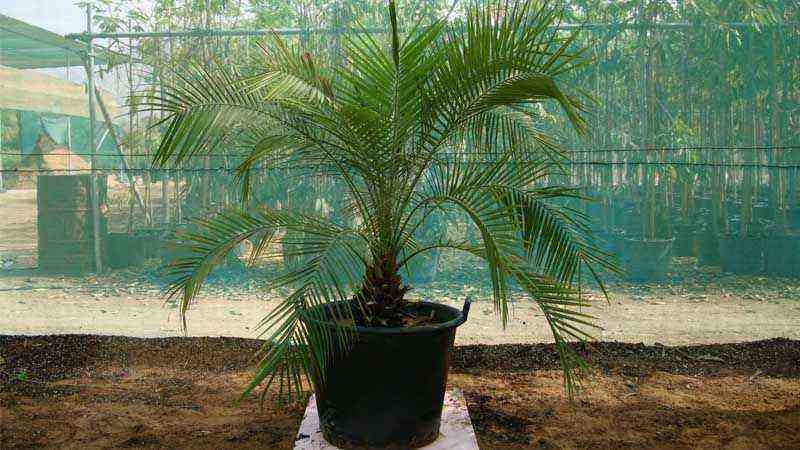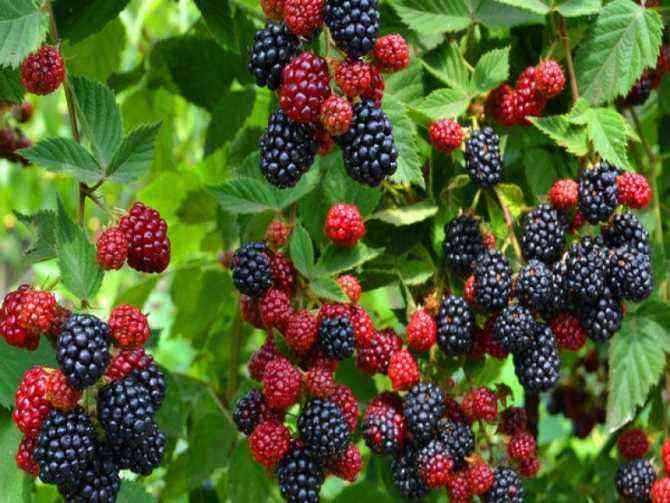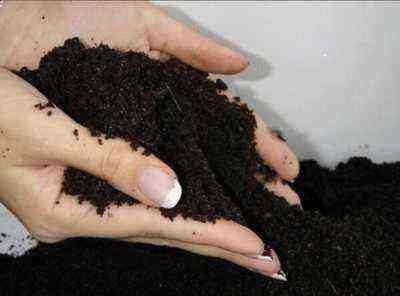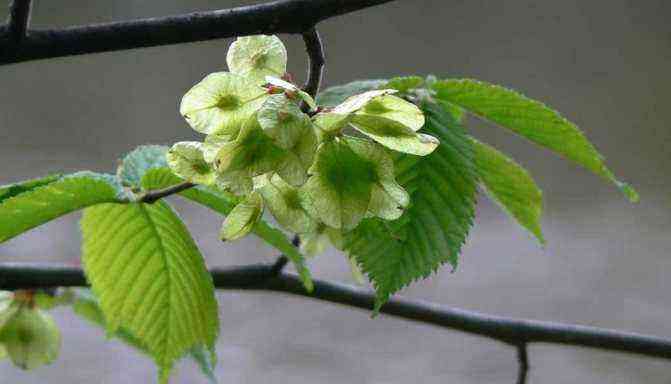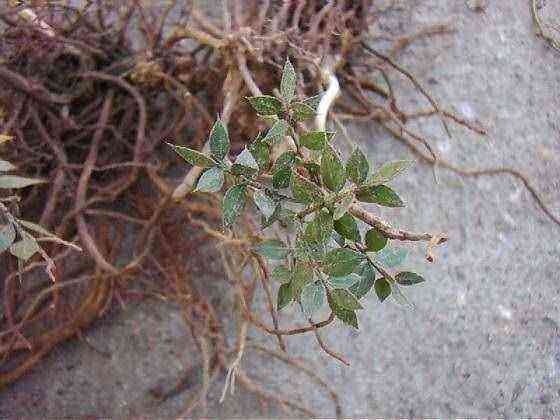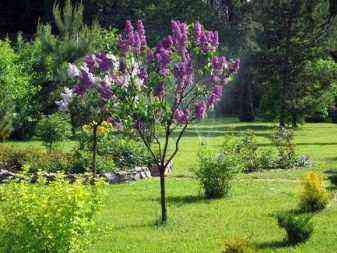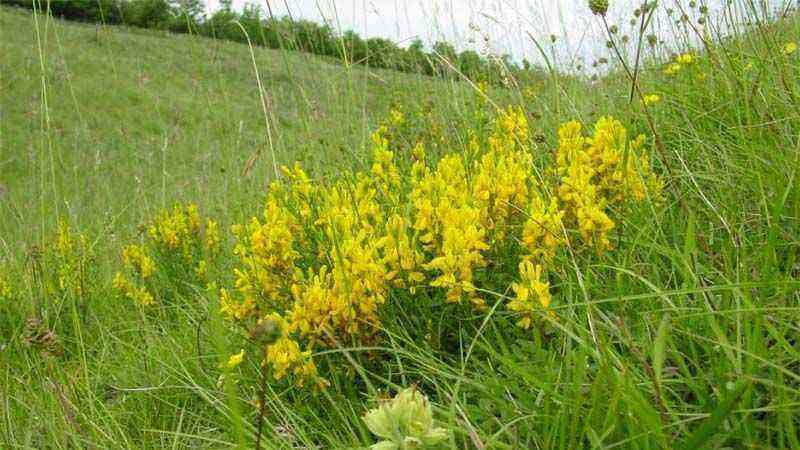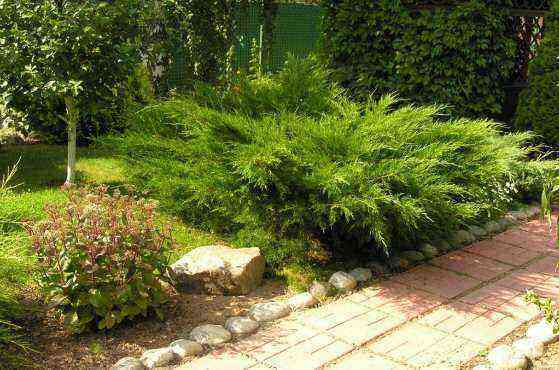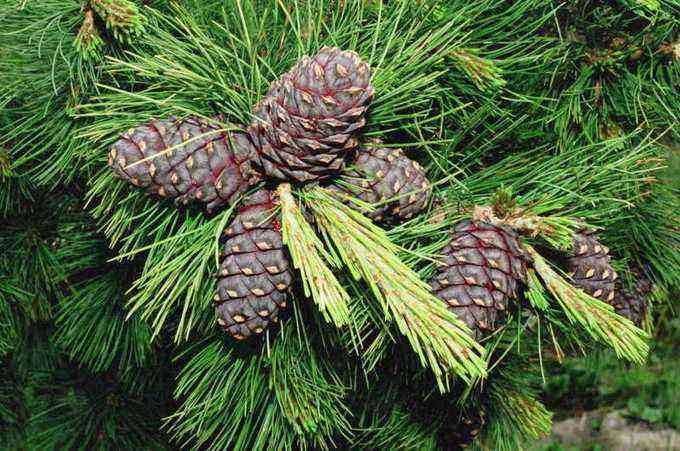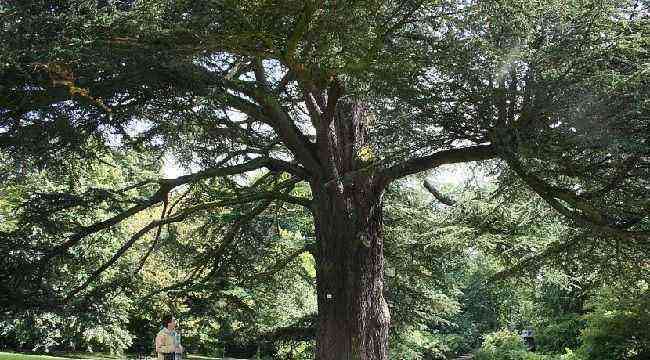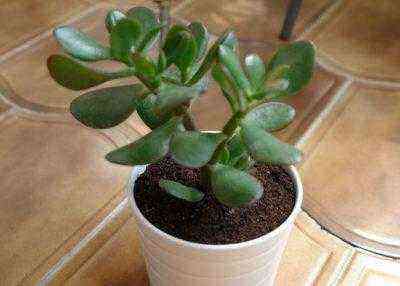It is the well-known tea plant. The leaves and stems of the Camellia sinensis they are part of the 50 basic ingredients in traditional Chinese medicine. It has the particularity that depending on the date of harvest of the leaves we can obtain different flavors of tea.
Do you want to make your own tea? Cultivate Camellia sinensis.
How is it Camellia sinensis?
The tea plant (Camellia sinensis), obviously comes from Asia. Currently we can find it in any area, including tropical ones, so there is no problem if we want to take it to our garden.
We can consider it as a small tree or shrub. It is evergreen and tea can be made from its leaves, which contain 4% caffeine.
What kind of tea?
Quite a lot. It can be made green tea, red tea, yellow, black, white tea, etc. it all depends on the harvest time and the degree of oxidation.
Climate and soil of Camellia sinensis
For the cultivation of Camellia sinensis a humid climate or favorable irrigation conditions. Don’t worry if your weather is dry. You have to adapt the twilight conditions to cultivation. That is, it requires semi-shaded areas, with a sun exposure of between 4 and 5 hours.
The soil must be slightly acidic, a fact that we can correct by adding a good substrate with organic matter before planting the Camellia sinensis.
Be very careful, although we have mentioned frequent watering due to humidity, not to flood the soil since its roots are sensitive to waterlogging and rottenness easily occurs.
Correcting tree growth with pruning
Also depending on what you want to get from the Camellia sinensis As for whether we want it to prepare homemade tea or only as an ornamental, it will condition the pruning. However, there are 2 types of pruning.
Formation pruning: After the third year of growth, some stems that have grown erratically are corrected, the development of new stems is stimulated and the tree is balanced.
Pruning every 5 years: This pruning is done every 5 years in order to control the growth of the tree and not let it grow too tall, a fact that would make harvesting for tea difficult. If your goal is to have it as an ornamental, you will do the pruning as it suits you.
It may be that you want to stimulate growth in height and not in width because the space for Camellia is short. Even so, this pruning is interesting, like the one we discussed in pruning the rose bush, to strengthen the tree.
The fertilizer, irrigation and mulching
It is interesting to maintain the culture conditions during the growth of the Camellia sinensis. This is, as we have mentioned before, an acid soil and with good moisture content. You need a good amount of manure or compost. In this way the soil acidifies and increases the humidity conditions for the roots. You can also try quilt the ground to enhance both moisture and nutrients, if it is a green manure.
El irrigation It must be frequent, especially in summer, where temperatures rise considerably. Do not let the soil dry out and set the watering frequency according to this condition. If in summer the land runs out of water in 2 days, that is the frequency of irrigation.
Tea plant multiplication
The multiplication of the Camellia sinensis We can do it either vegetatively (exact reproduction of the mother plant) or by seeds. When it is done by cutting, it is advisable to use rooting hormones that we can find in any specialized store in the sector.
Collect the leaves Camellia sinensis To make you
Although the ornamental options offered by the tea plant are very good, due to the white flowers it produces, it is also interesting to be able to collect its leaves to make tea. The tree needs to have been in the garden for about 5 years. The leaves are not pulled one by one, but young stems with branches are chosen. That is why pruning and harvesting are closely linked, what is pruned is harvested.
Properties of Camellia sinensis
Depending on the degree of fermentation of the leaves, we will obtain different varieties of tea, whether green tea, white tea, red, etc.
White tea, for example, comes from young leaves, green tea undergoes different handling and drying processes, and black tea undergoes complete fermentation. What benefits do you get from the daily intake of tea? Let’s see it:
- Antioxidant properties
- Anti-inflammatory properties
- Antiallergic
- antibacterial
- Antidiarrheal
- Preventive of cardiovascular diseases
- Contains L-teamida, with relaxing properties.
- A tremendous and long etcetera!
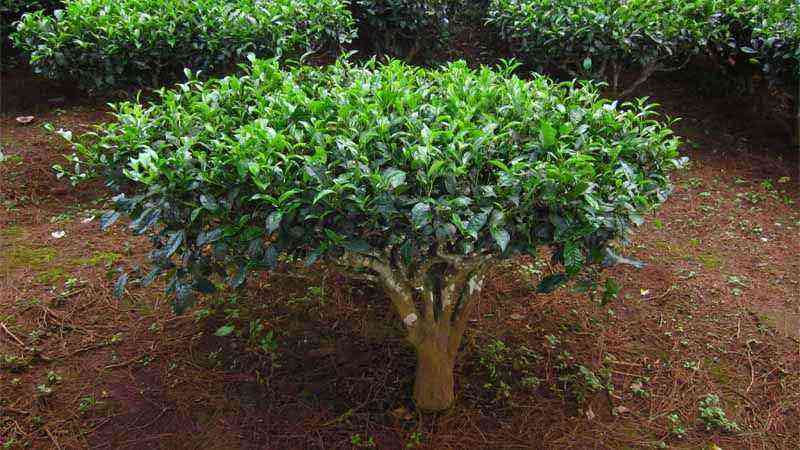

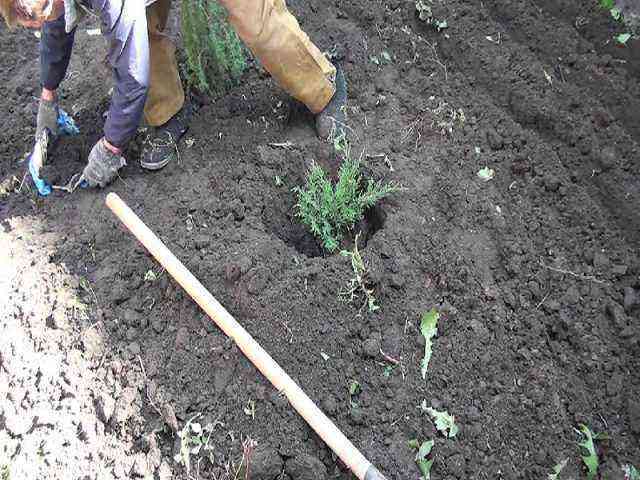
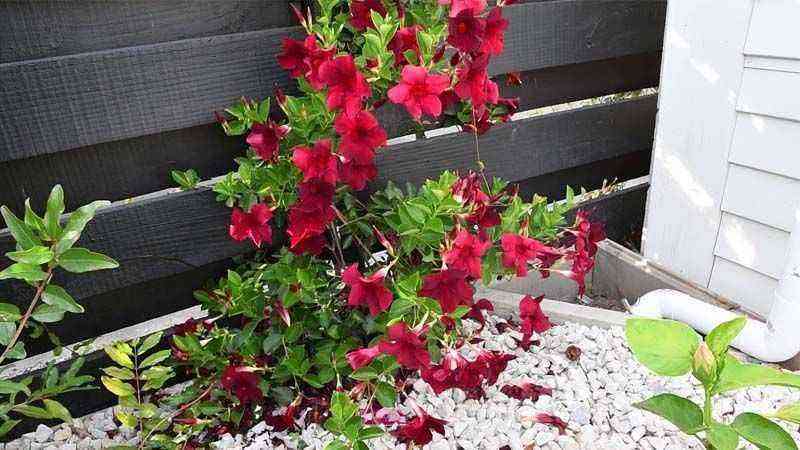
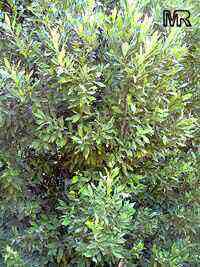
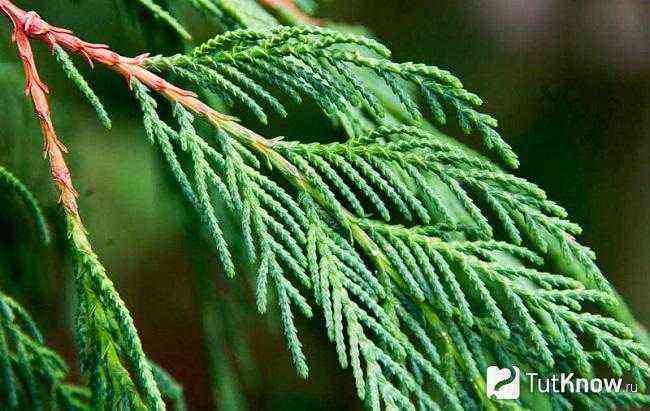
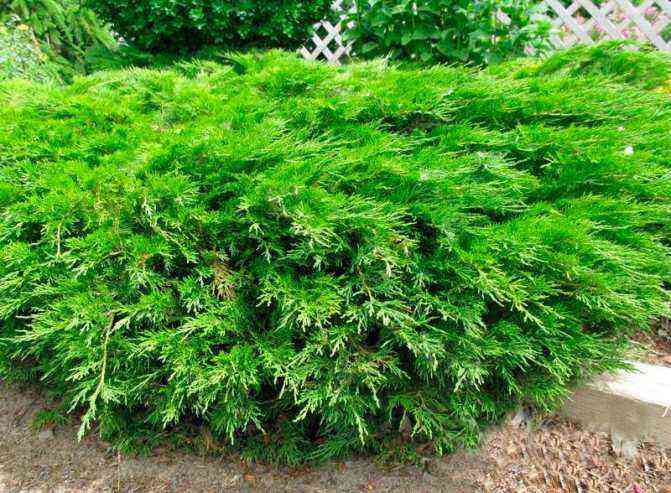

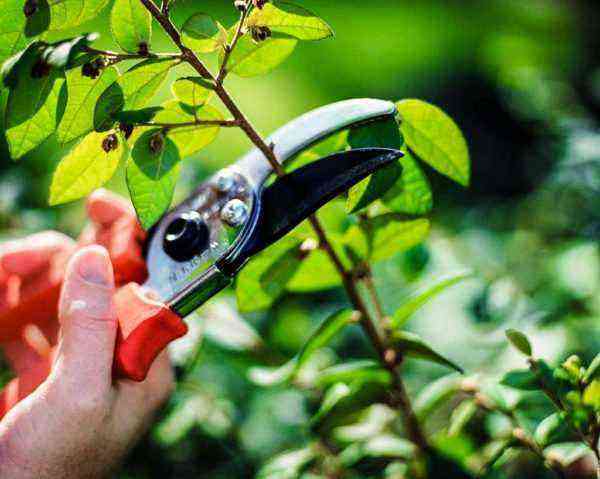
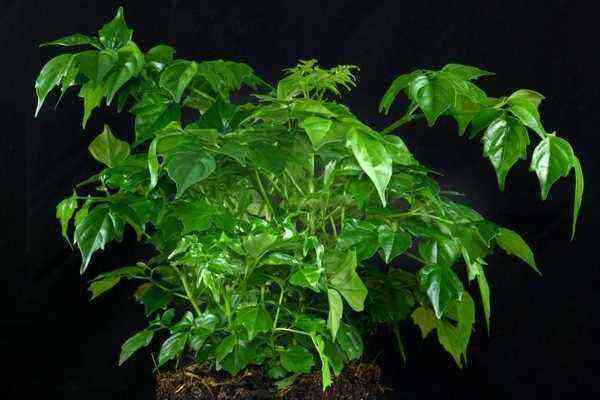

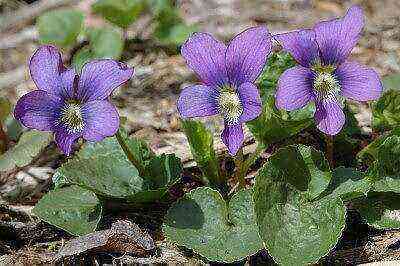
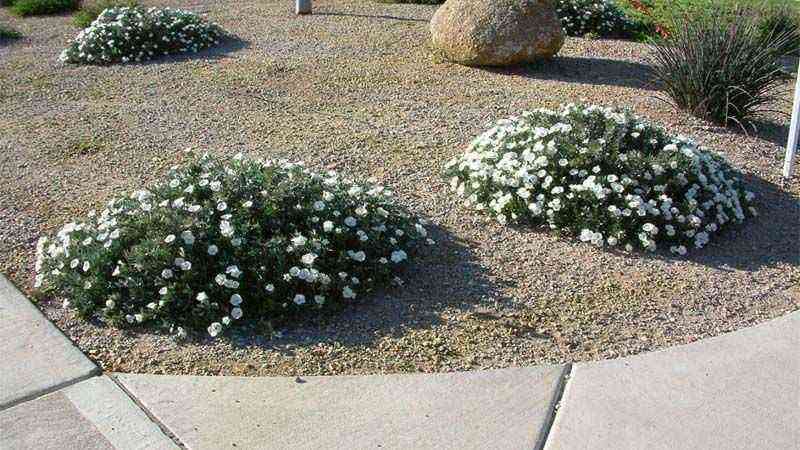


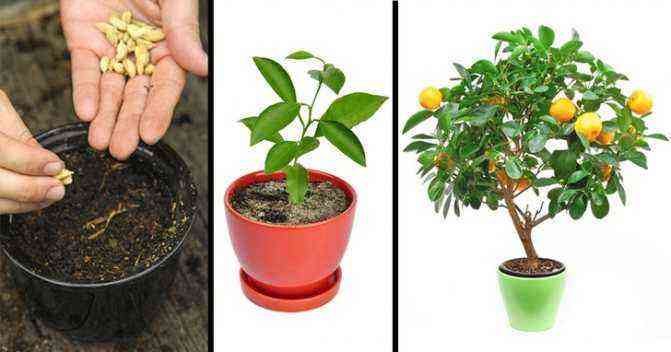
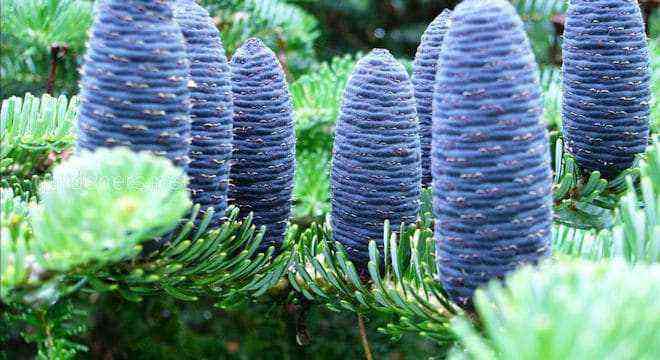
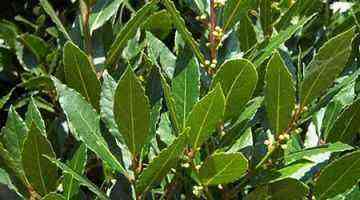
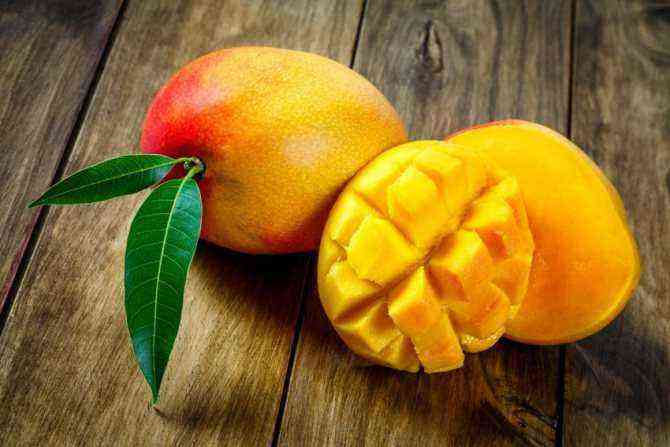
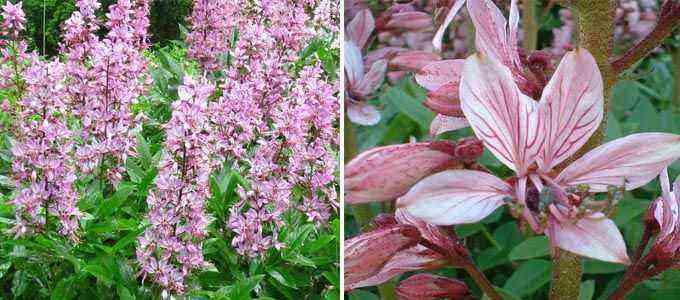

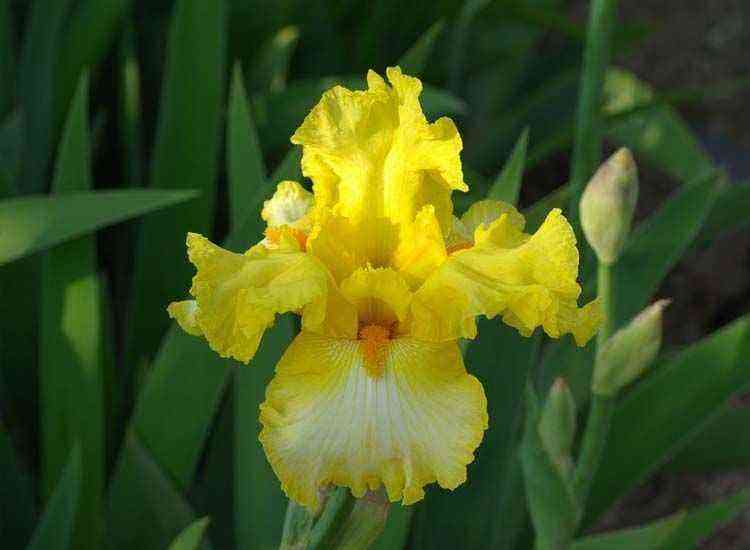
![Cultivation of Manihot esculenta [Cassava, Cassava] Cultivation of Manihot esculenta [Cassava, Cassava]](https://farmer-online.com/wp-content/uploads/2021/05/Cultivation-of-Manihot-esculenta-Cassava-Cassava.jpg)
